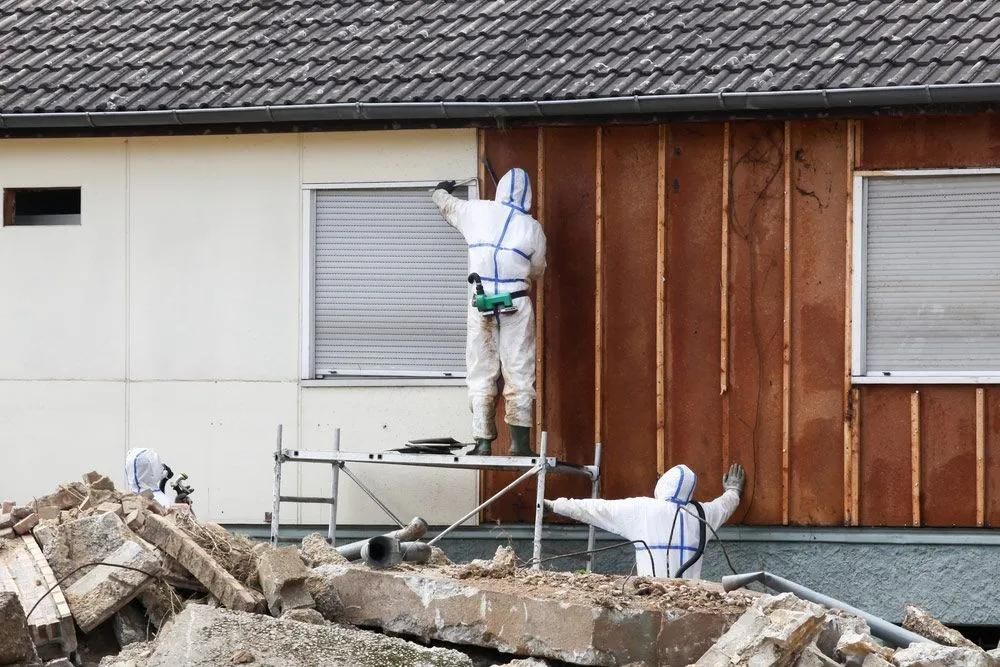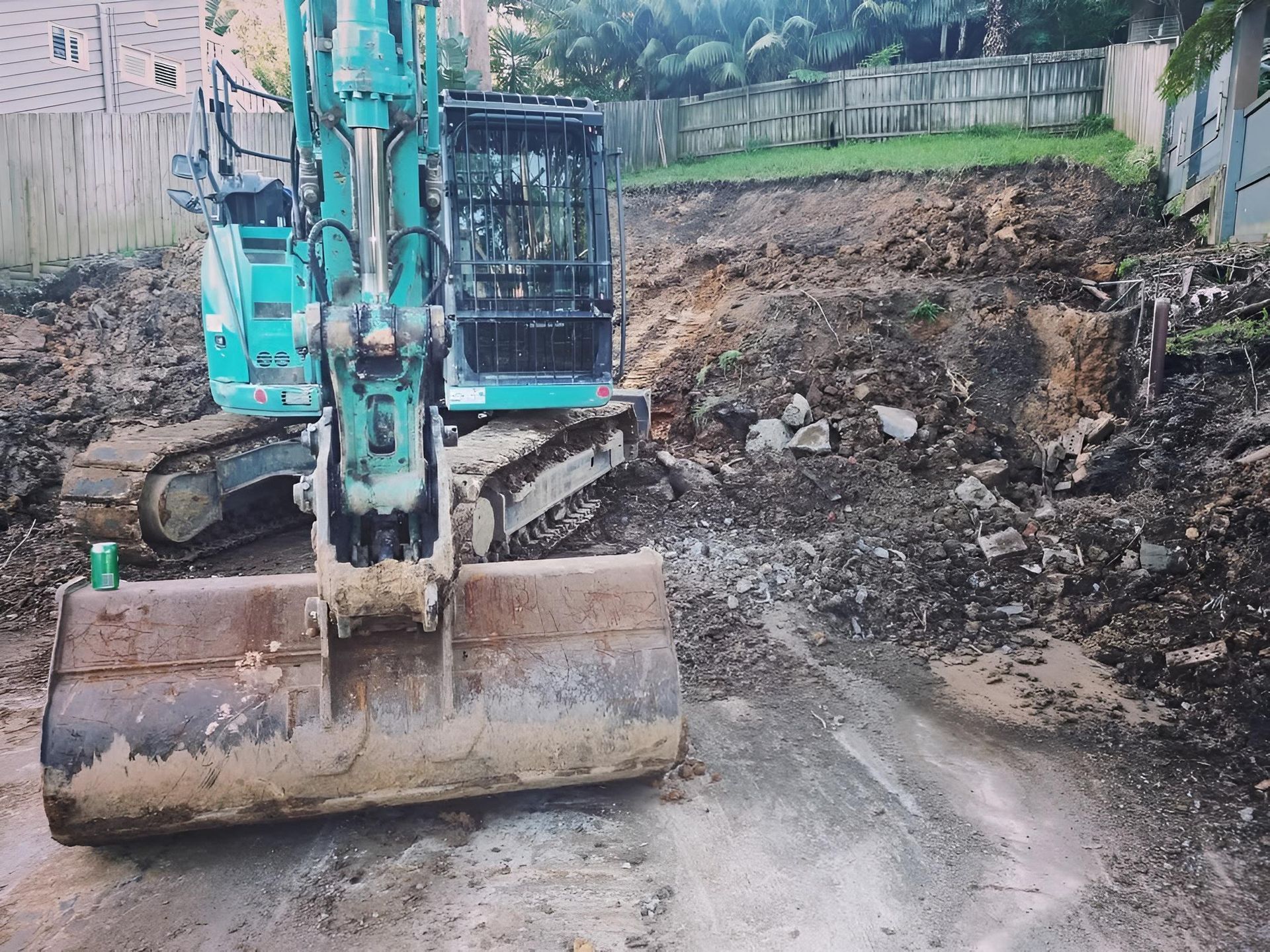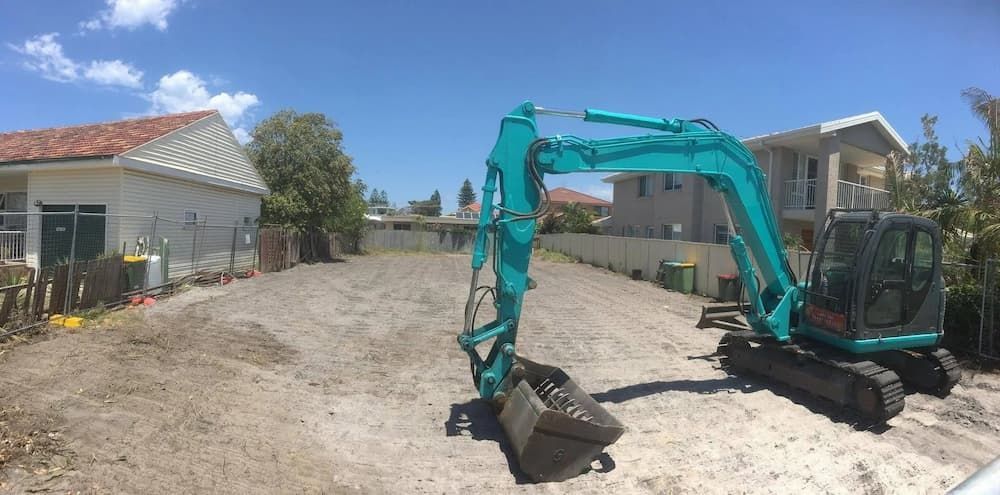DIY Asbestos Removal: Why It’s Not Worth the Risk
Are you considering tackling an asbestos removal project yourself? It may seem like a cost-saving solution, but the health and legal consequences can be far-reaching. Asbestos, once a popular construction material, is now known for the serious health hazards it poses—especially when disturbed during renovations or demolitions.
In this blog, we’ll explore why DIY asbestos removal isn't worth the risk, what to do if you suspect exposure, and why engaging qualified professionals is a safer, smarter choice.
What Is Asbestos & Why Was It Used?
Asbestos is a group of naturally occurring fibrous minerals once widely used in building materials for their fire resistance, durability, and insulating properties. Common in homes built before the 1990s, asbestos can still be found in:
- Roofing, eaves, and guttering.
- Wall and ceiling linings.
- Vinyl floor tiles and adhesives.
- Pipe insulation.
- Fencing panels and shed linings.
When left undisturbed, asbestos may not pose immediate danger. However, once the fibres are released into the air—through sanding, sawing, or breaking—they can become a serious health hazard.
The Health Risks of Asbestos Exposure
The danger lies in the fibres. When inhaled, asbestos fibres can lodge deep in the lungs and remain there for years. Long-term exposure has been linked to:
- Asbestosis – Scarring of lung tissue that can severely affect breathing.
- Lung cancer – Often worsened by smoking.
- Mesothelioma – A rare but aggressive cancer affecting the lining of the lungs or abdomen.
- Pleural plaques – Thickened areas on the lining of the lungs that can cause discomfort.
These conditions typically take years, even decades, to develop, which makes early avoidance and protection critical.
Why DIY Asbestos Removal Is Dangerous
It might be tempting to remove a small section of asbestos-containing material yourself, especially if it's visibly deteriorating. But without proper training, equipment, and disposal procedures, the risks quickly outweigh the convenience.
Lack of Proper Protection
Certified asbestos removalists use full-body protective gear, respirators, and negative-pressure environments to safely contain fibres. Without this, even minimal handling can release airborne particles that linger for hours or days.
Risk to Others
Asbestos fibres are microscopic and can travel through the air, ducting, or even on clothing. DIY removal puts not only the individual at risk but also other occupants, neighbours, or tradespeople who may enter the property.
Improper Disposal
There are strict regulations in place for asbestos disposal. You cannot place asbestos in regular kerbside bins. Improper handling can lead to environmental contamination and hefty fines.
Legal Consequences
In most Australian states, including New South Wales, the removal of more than 10 square metres of bonded asbestos must be carried out by a licensed asbestos removalist. Attempting DIY beyond this limit can result in prosecution and fines.
Common Situations Where Asbestos Might Be Present
Understanding where asbestos is likely to be found is the first step in managing risk. Be cautious when working in the following areas:
- Renovating bathrooms or kitchens with old linoleum or fibre cement sheeting.
- Upgrading electrical systems in homes with asbestos-backed switchboards.
- Roof replacements involving corrugated sheeting or soffits.
- Installing insulation where old asbestos insulation may be disturbed.
- Demolishing sheds or garages built before 1990.
If you suspect a material might contain asbestos, it’s important to stop work immediately and arrange for testing before proceeding.
What to Do If You Suspect Asbestos Exposure
Accidental asbestos disturbance can happen, especially during renovations. If you believe asbestos fibres may have been released:
- Stop work immediately – Cease all activity to prevent further fibre release.
- Isolate the area – Close doors and windows to prevent air movement.
- Avoid sweeping or vacuuming – This can disturb particles and cause them to become airborne.
- Notify others – Inform anyone who may have been exposed and restrict access.
- Contact professionals – Arrange for licensed asbestos assessors to evaluate the space and handle clean-up if needed.
Time is important in managing asbestos exposure. While a one-off event may not result in health consequences, repeated or prolonged exposure can increase the risks substantially.
When to Call for Professional Asbestos Removal
Some indicators that it’s time to bring in professionals include:
- Crumbling or damaged materials that may release fibres.
- Plans for significant renovations or demolition in older homes.
- Visible asbestos labels on insulation or panels.
- Presence of friable asbestos, which is loose and more dangerous than bonded asbestos.
Professional asbestos removal services follow regulated safety standards, use certified containment techniques, and ensure all material is disposed of at licensed waste facilities. This helps protect both people and the environment.
Benefits of Choosing Licensed Asbestos Removalists
Opting for licensed asbestos removal on the Central Coast offers several advantages:
- Compliance with regulations – Avoid legal penalties and meet NSW WorkSafe requirements.
- Specialist equipment – Use of HEPA filters, negative air units, and air monitoring devices.
- Certified training – Teams are trained in identification, containment, removal, and disposal procedures.
- Safe transport & disposal – Waste is taken to licensed facilities under strict handling protocols.
- Peace of mind – Knowing the job has been carried out properly and your home is safe for occupants and visitors.
Preventive Measures for Property Owners
While asbestos cannot always be removed from older properties immediately, proactive steps can help reduce risk:
- Schedule inspections if you're unsure whether materials contain asbestos.
- Label known asbestos locations and inform tradespeople before they begin work.
- Avoid sanding, drilling, or disturbing any suspect materials.
- Use licensed contractors for all renovations or demolitions involving older building components.
Why It’s Especially Important on the Central Coast
Many properties along the Central Coast were constructed during peak periods of asbestos use. As such, homeowners and property investors in this region are more likely to encounter asbestos-containing materials during upgrades or repairs. The local climate—often humid and storm-prone—can also accelerate material degradation, increasing the potential for exposure if not handled properly.
Protect Your Property with Licensed Asbestos Removal
When it comes to asbestos, the risks are too serious to ignore. Attempting DIY removal may expose you to harmful fibres and lead to long-term health implications. It also poses risks to those around you, carries legal consequences, and may not even be permitted under local regulations. Engaging a licensed professional is the safest way to handle asbestos removal.
At Central Coast Complete Demolition & Tree Service, asbestos removal on the Central Coast is managed by trained professionals using industry-compliant safety procedures. Contact us today to arrange an assessment and secure the safety of your home or site.








